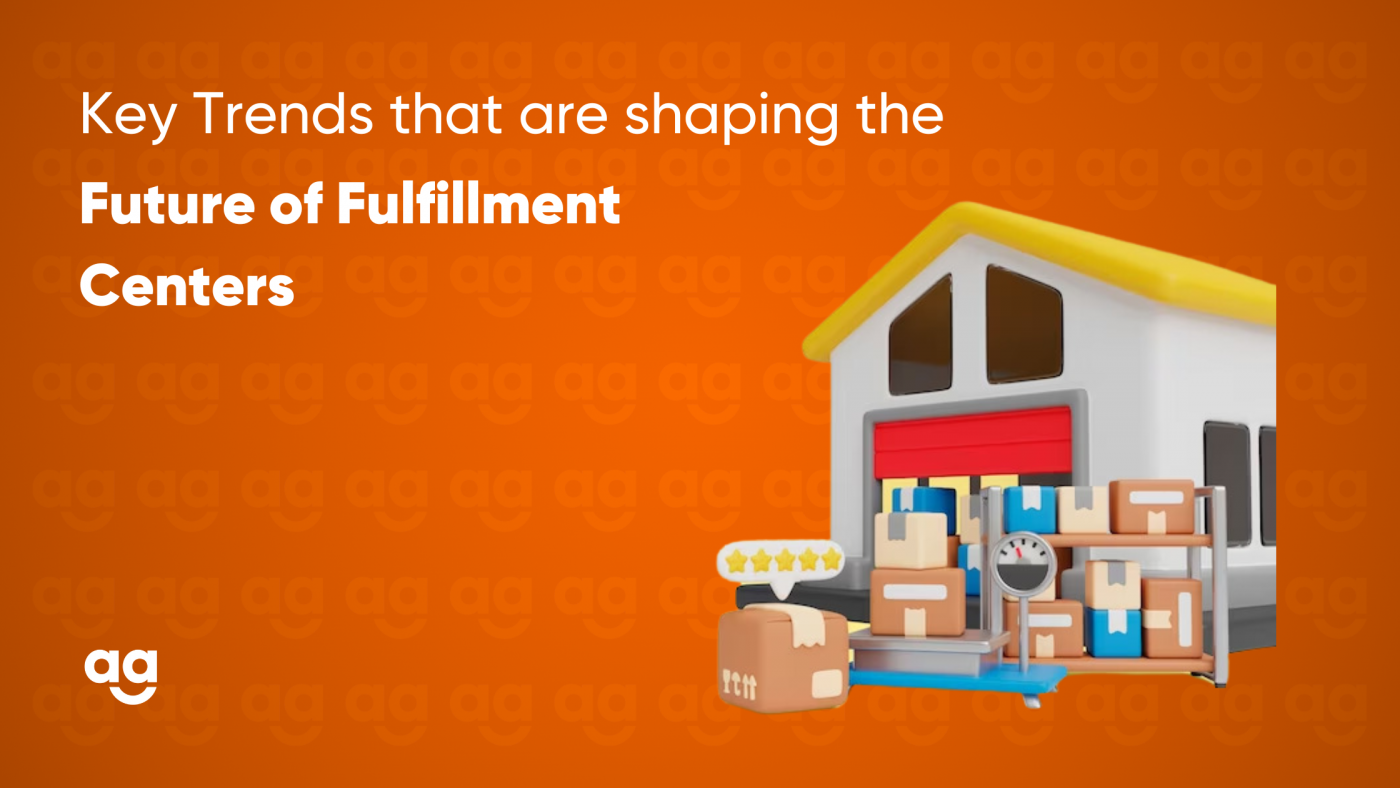Introduction
The fulfillment industry is growing at a rapid pace. There’s an influx of online retailers fighting for every inch of the e-commerce economy. Coupled with the explosion of crowdfunding and direct-to-consumer selling, fulfillment centers are at the epicenter of the e-commerce boom.
But how do we stay ahead of this growing demand while controlling shipping costs and reducing delays?
To succeed in e-commerce and continue to grow revenues, retailers need to focus on fulfillment center future trends. And to understand the future, it helps first to consider the key trends.
In this post, we will explore some of the key trends that are transforming the future of the fulfillment industry. Read on!
Key Trends That Are Transforming the Future of the Fulfilment Industry
Below are some of the key trends that are shaping the future of the fulfillment industry:
1. Online Retailers Are Raising the Bar
In the past, fulfillment centers were simply warehouses used to house inventory and ship out orders. However, in today’s landscape, the fulfillment process is becoming a crucial aspect of Internet retail.
With the e-commerce industry anticipated to reach $6.3 trillion by 2023, companies are under pressure to modify their fulfillment strategies to meet changing client demands.
E-commerce growth demands companies adapt fulfillment strategies, prioritizing fast shipping, easy returns, and excellent customer service. To compete, significant investments in automation and robotics are essential for online retailers.
2. Launch of Micro Fulfilment Facilities
These facilities provide many of the same advantages as traditional warehouses while being smaller and less expensive. These facilities can be utilized to process orders from several locations or even different brands within a single firm and frequently provide same-day delivery.
Micro fulfillment centers may be the best option for companies with seasonal or low volumes of sales. They’re a wonderful option for businesses that want to see how things go before making a major facility investment.
While these facilities typically don’t offer as much warehouse storage space and inventory management options as traditional warehouses, they do give you access to trained staff who can assist with your order processing needs.
3. Proliferation of Omni-Channel Distribution
In an omnichannel world, customers don’t want to be limited by storefronts or shopping apps. They want their orders delivered wherever they happen to be at any given time — whether that’s their office or their couch at home.
To meet this demand, brands must be able to deliver products wherever customers demand them — and that means having more than just one fulfillment center.
Fulfillment center operators are expanding their roles beyond simply housing inventory and shipping orders out to customers. They’re using technology and data analytics to help retailers better manage their omnichannel strategies — those involving online as well as brick-and-mortar stores.
4. Efficient Use of Data Analytics
The key is to employ data analytics to gain a better understanding of how customers interact with your warehouse. This can be achieved through a combination of traditional business intelligence tools as well as more advanced technology like machine learning and artificial intelligence (AI).
With AI and machine learning, you can use data from past events to predict future behaviors with a high degree of accuracy. For example, analyzing past customer ordering patterns can help predict potential delays, allowing for proactive planning and timely deliveries.
5. Legacy Infrastructure is Out, Agile is In
As more companies embrace e-commerce and omnichannel retail strategies, they’re finding their traditional fulfillment centers aren’t equipped to handle their growing volumes of orders.
To keep pace with customer demand, retailers must upgrade their existing facilities or build new ones from the ground up. Some companies are opting for both strategies — renovating older centers while building new ones at different locations — depending on where they expect growth to occur.
6. Contingency Planning is On Your Side
When it comes to planning for contingencies, companies are making sure they have backup options if something goes wrong with their primary fulfillment centers. This could be as simple as having another location nearby so that you can move operations there quickly, or it could mean building multiple facilities with different potential uses, like cold storage or distribution centers.
Having multiple options gives you more control over your operations — and gives you more time to develop contingency plans before an emergency hits your main facility.
Wrapping Up
The future of fulfillment centers is not a question of ‘if’ but ‘when’. The disruption that’s happening in the retail industry today is here to stay for the foreseeable future, and it’s only going to advance.
If you are on the lookout for a logistics enabler who can adeptly navigate through this transformative phase, Shipyaari is here to assist you. At Shipyaari, we provide fully integrated and technology-backed logistic solutions to help you stay ahead in the competitive e-commerce landscape.





 Shipping
Shipping